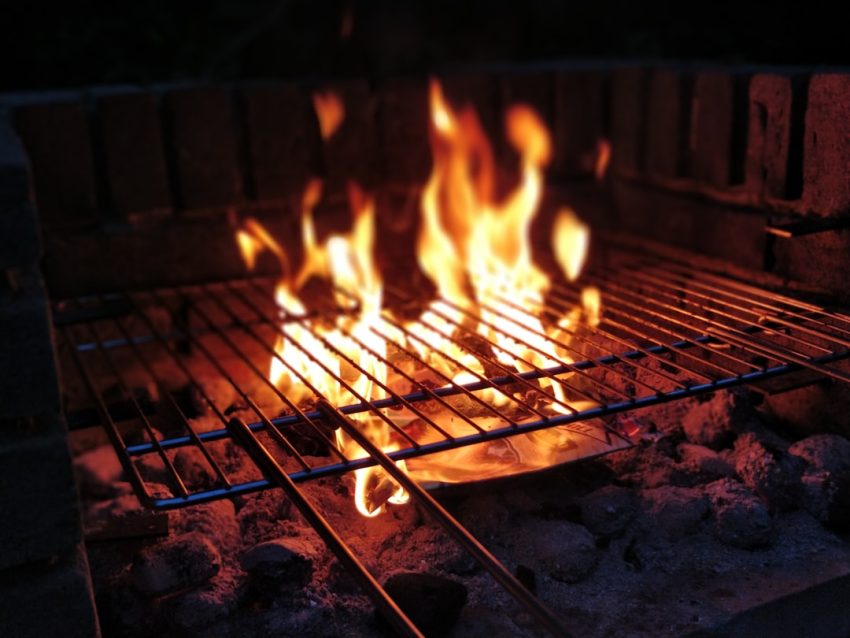Selecting the perfect ribs (baby back or spare) from high-quality sources is key for a successful BBQ. Dry brining with a spice blend enhances flavor and tenderness, requiring overnight refrigeration. Rubbing brown sugar, paprika, garlic, onions, and peppers creates a caramelized crust. Grilling at 225°F – 250°F (107°C – 121°C) for slow, indirect heat ensures juicy, tender ribs by breaking down collagen. Sauce should be added during the last 15-20 minutes of cooking. Resting ribs for 10-15 minutes post-grilling prevents dryness and enhances flavor. Master these techniques for a delicious Ribs BBQ Recipe.
“Unleash your inner grill master with our comprehensive guide to achieving juicy, tender barbecue ribs—the perfect Ribs BBQ Recipe. From selecting the ideal cut of ribs to mastering the art of dry brining and rubbing, we’ll navigate you through each step. Understand the unique flavors of smoking vs. grilling and learn to control temperature for maximum tenderness. Discover when to apply BBQ sauces and rest your ribs for optimal taste. Get ready to impress with these expert grilling tips!”
- Choosing the Right Ribs: Select Your Perfect Cut
- Dry Brining: Unlocking Maximum Flavor Potential
- Rubbing Basics: The Secret to a Delicious Crust
- Smoking vs Grilling: Understanding the Cooking Techniques
- Ideal Temperature Control for Tender Ribs
- Slow and Steady Wins: Mastering the Cooking Process
- BBQ Sauces: When to Apply for Optimal Taste
- Resting and Serving: Ensuring Ribs Reach Their Prime
Choosing the Right Ribs: Select Your Perfect Cut
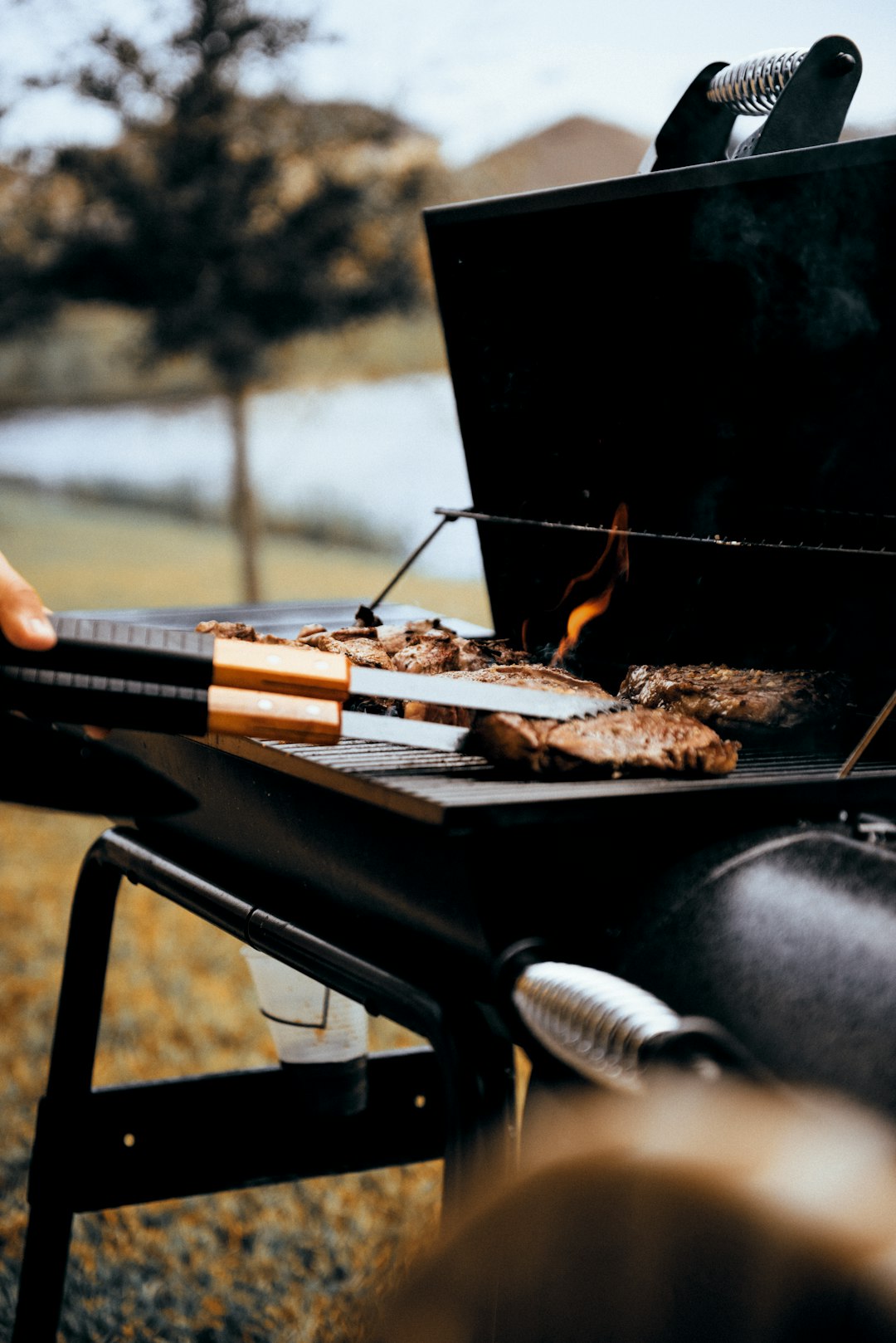
When it comes to grilling perfect barbecue ribs, choosing the right cut is half the battle won. Opting for quality ribs from a reputable source ensures you’re working with the best possible ingredients. Look for meaty, well-marbled ribs with a good layer of fat—this fat is crucial for keeping your ribs juicy during the slow cooking process. The most popular cuts include baby back and spare rib, each offering distinct flavors and textures.
Baby back ribs are known for their smaller size and tender meat, making them ideal for individuals or smaller gatherings. Spare ribs, on the other hand, are larger and have a more intense flavor profile due to their higher bone-to-meat ratio. Consider your desired outcome and dining guests’ preferences when deciding between these two classic rib cuts for your next BBQ recipe.
Dry Brining: Unlocking Maximum Flavor Potential
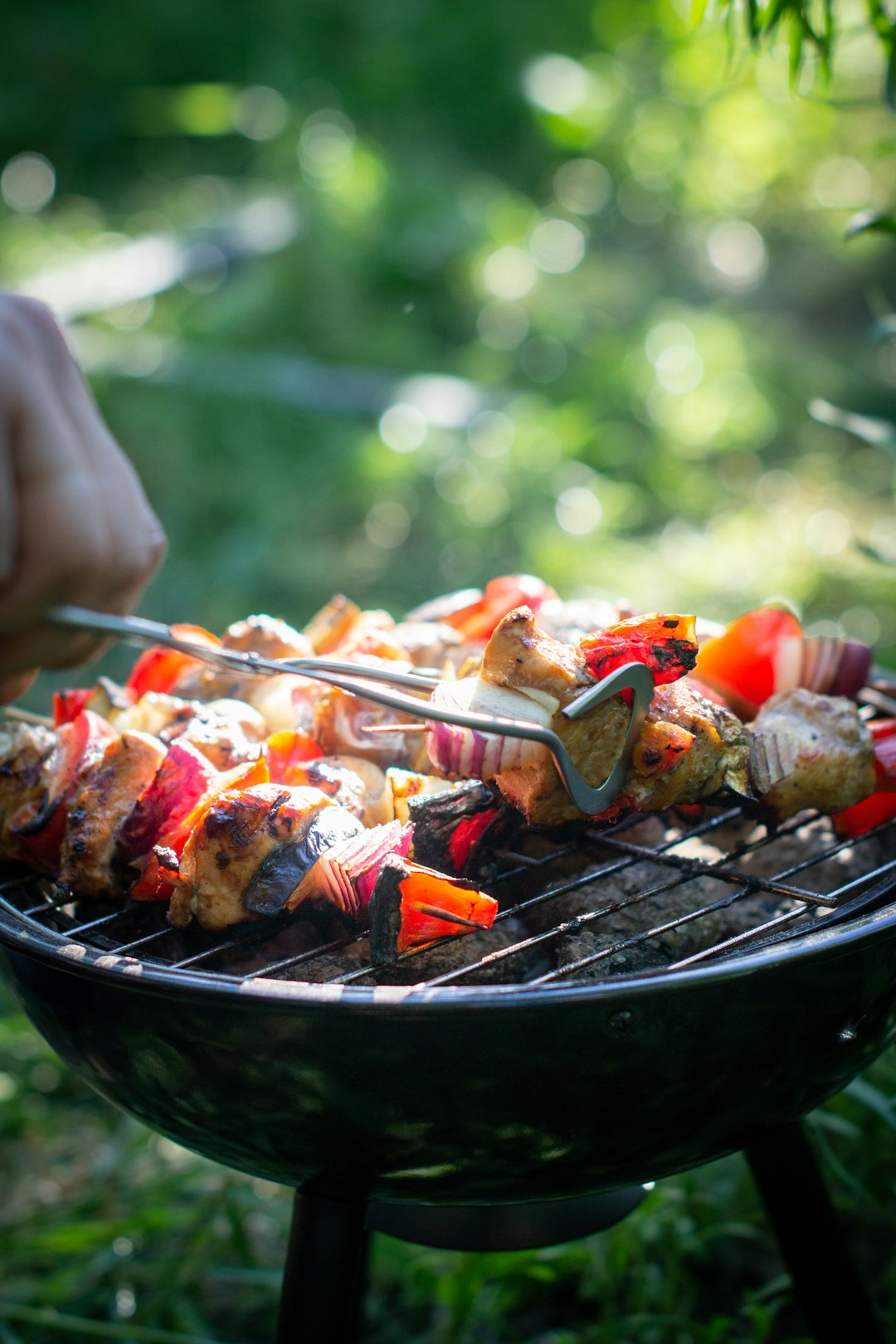
Dry brining is a simple yet powerful technique that can transform your barbecue ribs into an absolute delight. It involves rubbing the ribs with a mixture of salt and spices, creating a dry rub, and then letting them sit for several hours or even overnight. This process helps to draw out moisture from the meat, resulting in incredibly juicy and tender ribs. By locking in flavors through osmosis, the dry brining method unlocks the maximum flavor potential of your ribs BBQ recipe.
The key is to use a generous amount of coarse salt and blend it with herbs and spices like paprika, garlic powder, peppercorns, and onion powder. Ensure the rub coats every inch of the ribs evenly. After applying the dry rub, wrap the ribs tightly in plastic wrap or store them in an airtight container in the refrigerator. This step allows the flavors to penetrate deep into the meat, creating a complex and mouthwatering taste profile that will have your taste buds dancing with joy.
Rubbing Basics: The Secret to a Delicious Crust

Rubbing ribs with spices is a key step in any successful Ribs BBQ Recipe. This simple technique is often overlooked but can transform your ribs from ordinary to extraordinary. The process involves using a dry rub, a mixture of various spices, to create a delicious crust that enhances both flavor and texture. By massaging the rub into the meat, you not only add depth of taste but also help to tenderize the ribs, ensuring each bite is juicy and mouthwatering.
The secret lies in finding the perfect balance of spices—a blend that complements the natural flavors of the ribs without overwhelming them. Common ingredients include brown sugar for a sweet note, paprika for smoke, garlic and onions for pungency, and various peppers for heat. The rub should be generous but not excessive; you want it to stick to the ribs, creating a caramelized layer that glistens and cracks as the meat cooks. This crust not only looks impressive but also seals in the juices, guaranteeing tender, fall-off-the-bone ribs every time.
Smoking vs Grilling: Understanding the Cooking Techniques
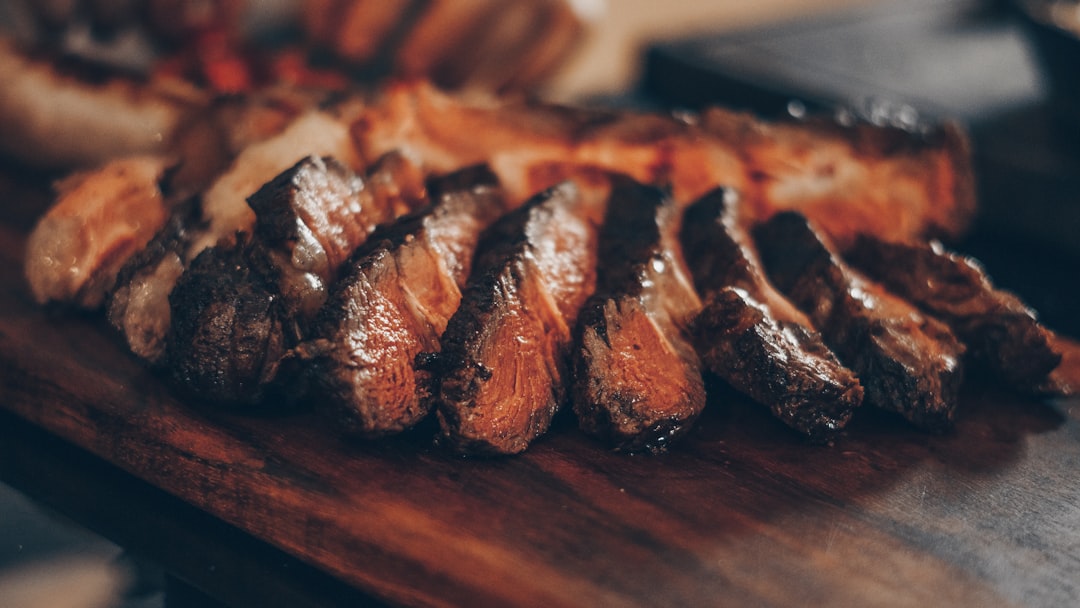
When it comes to cooking ribs, there’s a timeless debate between smoking and grilling. Both methods have their advocates, but understanding the differences is key to achieving that perfect, juicy rib. Smoking involves low and slow cooking over indirect heat, often with wood chips or chunks adding flavor and moisture. This technique allows the meat to break down slowly, resulting in tender ribs with rich, smoky tastes. On the other hand, grilling uses direct, high heat to cook the ribs quickly, sealing in juices and creating a crispy outer layer. It’s ideal for achieving a charred, caramelized surface and a faster cooking time. For a ribs BBQ recipe that guarantees juicy tenderness, grilling is often the preferred method due to its ability to balance flavor and texture effectively.
Ideal Temperature Control for Tender Ribs
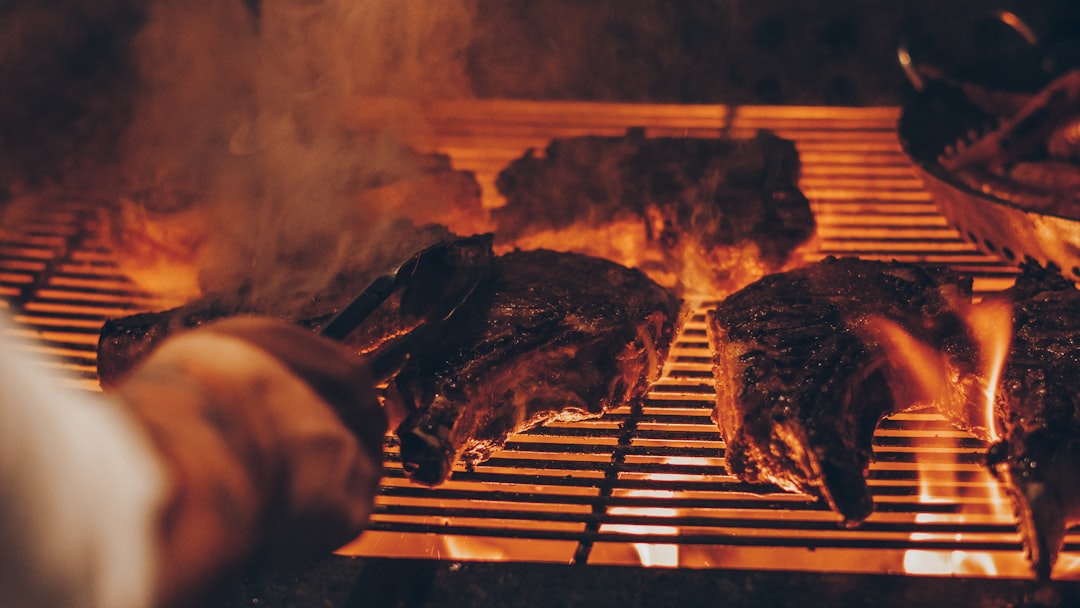
Achieving tender, juicy barbecue ribs starts with meticulous temperature control. For optimal results in a Ribs BBQ Recipe, aim for a consistent low and slow approach. Grilling at temperatures between 225°F to 250°F (107°C to 121°C) is ideal as it allows for gradual moisture retention and even cooking. This method transforms tough rib meat into tender, succulent delights. By maintaining a steady low heat, you ensure that the interior of the ribs cooks thoroughly without overcooking the exterior, preserving their juicy nature.
Such precise temperature regulation enables the collagen in the ribs to break down gradually, resulting in incredibly tender meat. Remember, patience is key; allowing enough time for the slow cooking process pays off in the final texture and flavor of your Ribs BBQ Recipe.
Slow and Steady Wins: Mastering the Cooking Process
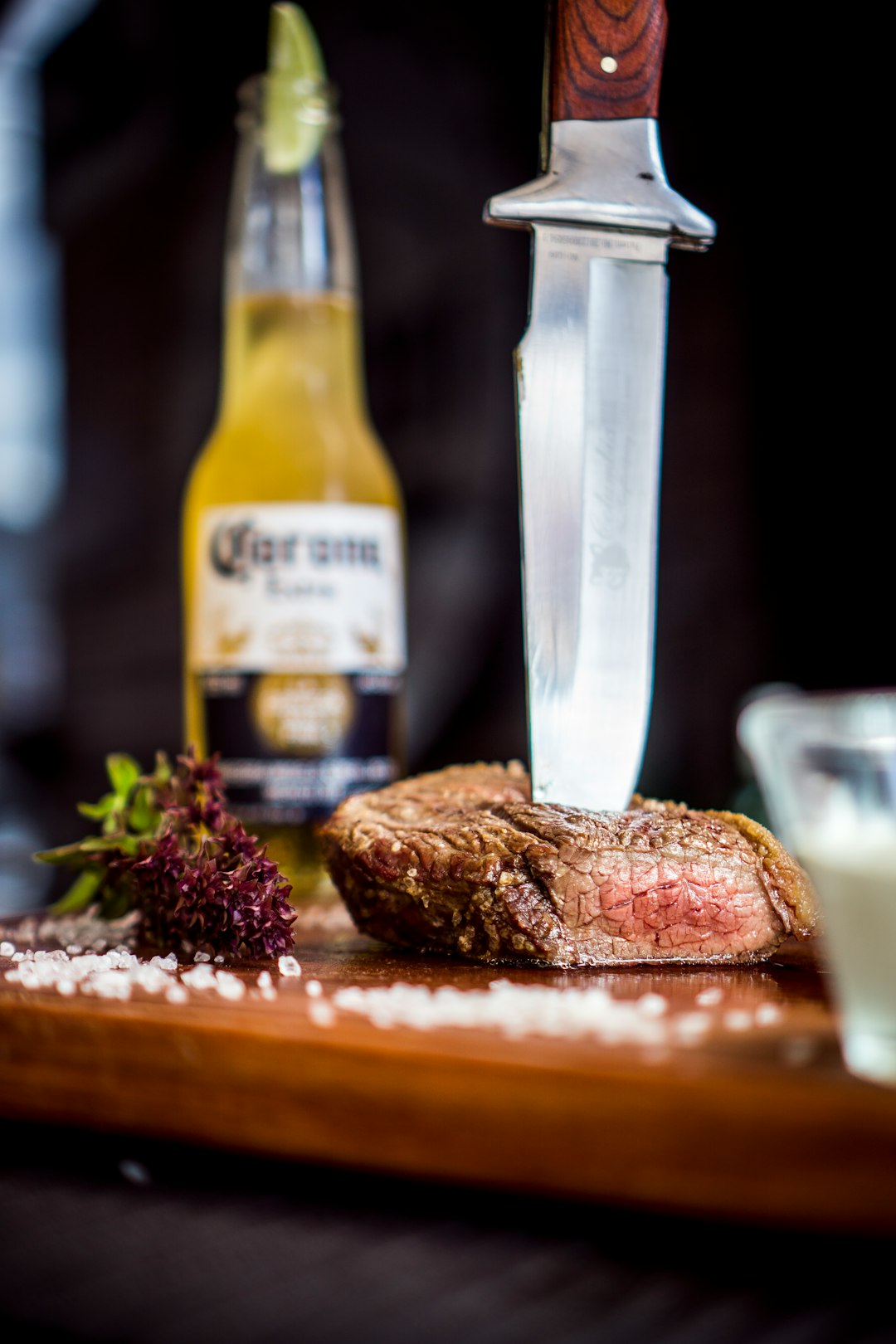
Grilling ribs is an art, and one that requires patience and a good understanding of the cooking process. When it comes to achieving juicy, tender barbecue ribs, slow and steady wins the race. The key lies in low and indirect heat, allowing the ribs to cook gently over an extended period. This method ensures the collagen in the meat breaks down gradually, resulting in tender, succulent ribs.
Mastering the art of rib cooking involves controlling the temperature. Aim for a consistent heat range between 225°F to 250°F (approximately 107°C to 121°C). This gentle cooking allows the meat to steam itself, locking in juices and preventing overcooking. With this slow approach, you’ll get those mouthwatering, fall-off-the-bone ribs that are the hallmark of a perfect Ribs BBQ Recipe.
BBQ Sauces: When to Apply for Optimal Taste
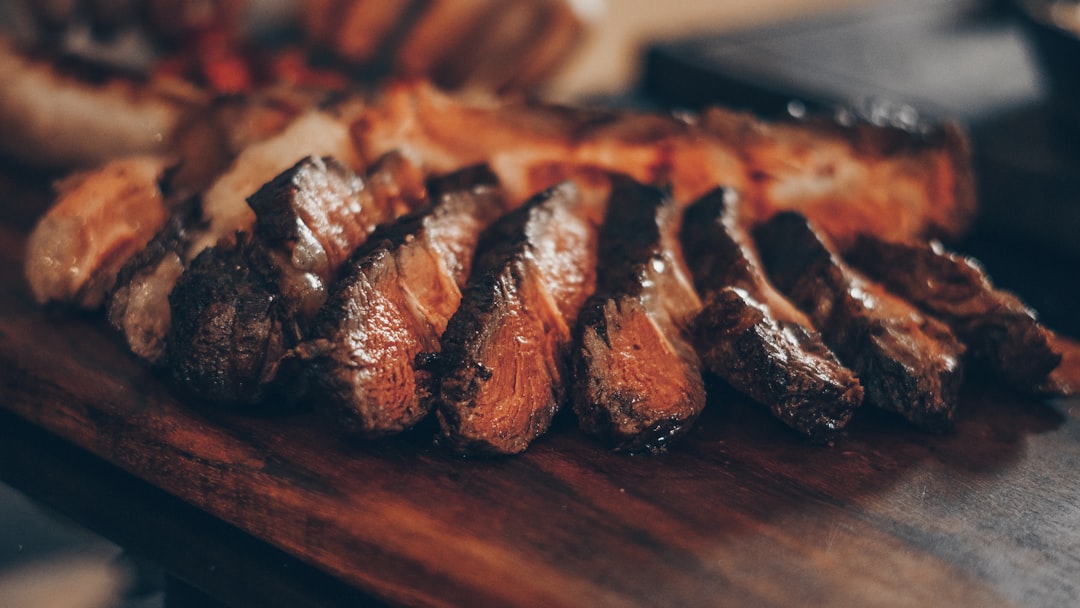
When crafting the perfect ribs BBQ recipe, understanding when to apply sauce is key to achieving optimal taste. Many beginners make the mistake of slathering on BBQ sauce early and often, believing it will enhance flavor. However, this can lead to a sticky, clumpy finish as the sugar in the sauce burns, ruining your ribs’ texture and taste.
Instead, for juicy, tender ribs, apply your chosen BBQ sauce during the last 15-20 minutes of cooking. This allows the meat to remain unglazed, ensuring it stays tender and moist while the sauce caramelizes slightly on the surface, creating a delicious glaze that sticks to each rib. Timing is crucial; you’ll want the heat from the grill to set the sauce just right, locking in flavors without overcooking the ribs.
Resting and Serving: Ensuring Ribs Reach Their Prime
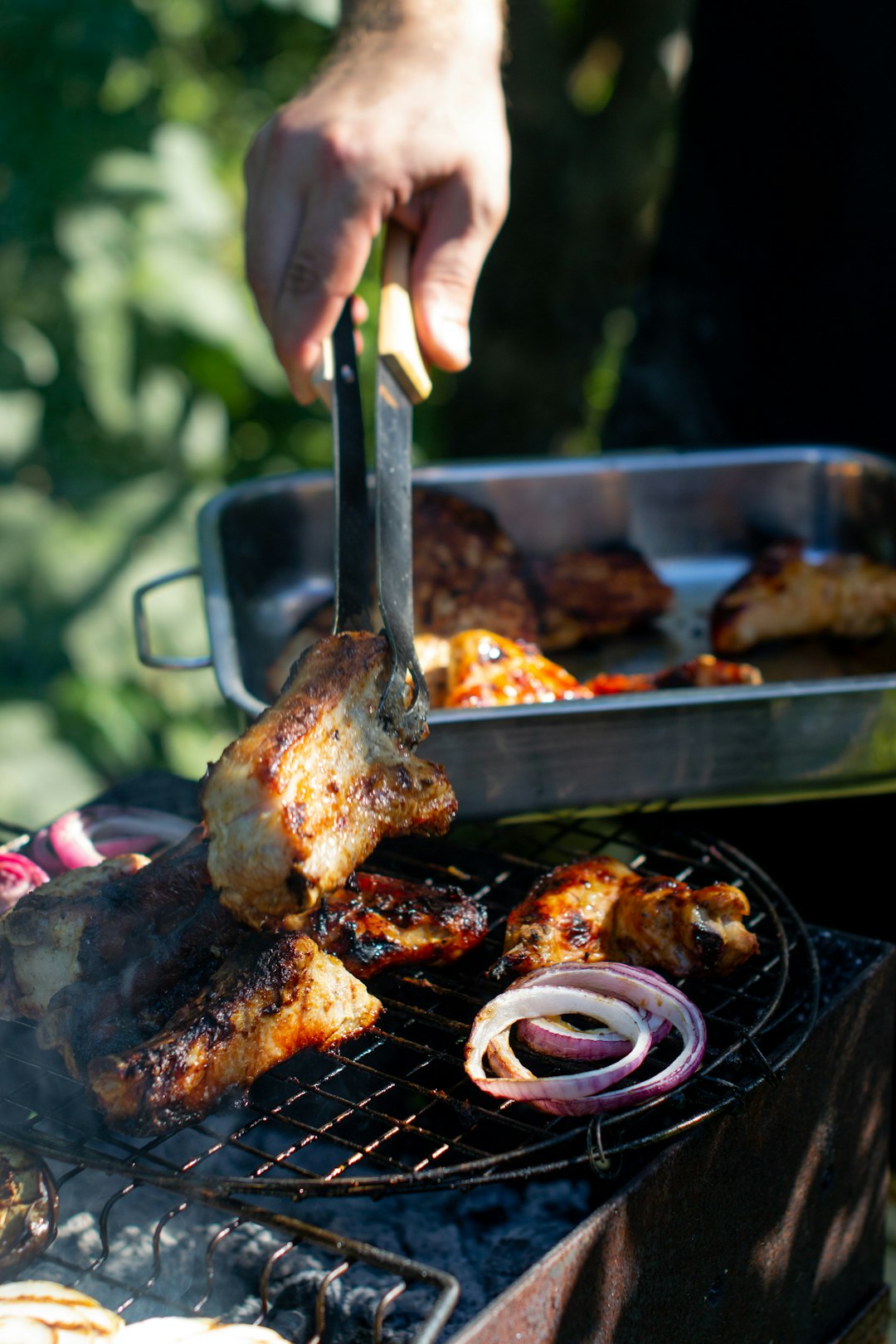
After carefully grilling your ribs until they’re beautifully browned and tender, it’s crucial to allow them to rest before serving. This resting period, typically around 10-15 minutes, is a game changer for BBQ ribs recipes. During this time, the juices that have been forced out during cooking redistribute throughout the meat, ensuring each bite is juicy and flavorful.
Serving your ribs right away can result in dry, tough pieces despite their initial appearance. Resting allows for a metamorphosis, transforming them from a cook’s masterpiece into a truly indelible Ribs BBQ Recipe experience for your folks. Proper resting enables you to cut the ribs with ease, showcasing their tender, succulent interior—a true delight for any barbecue enthusiast.
